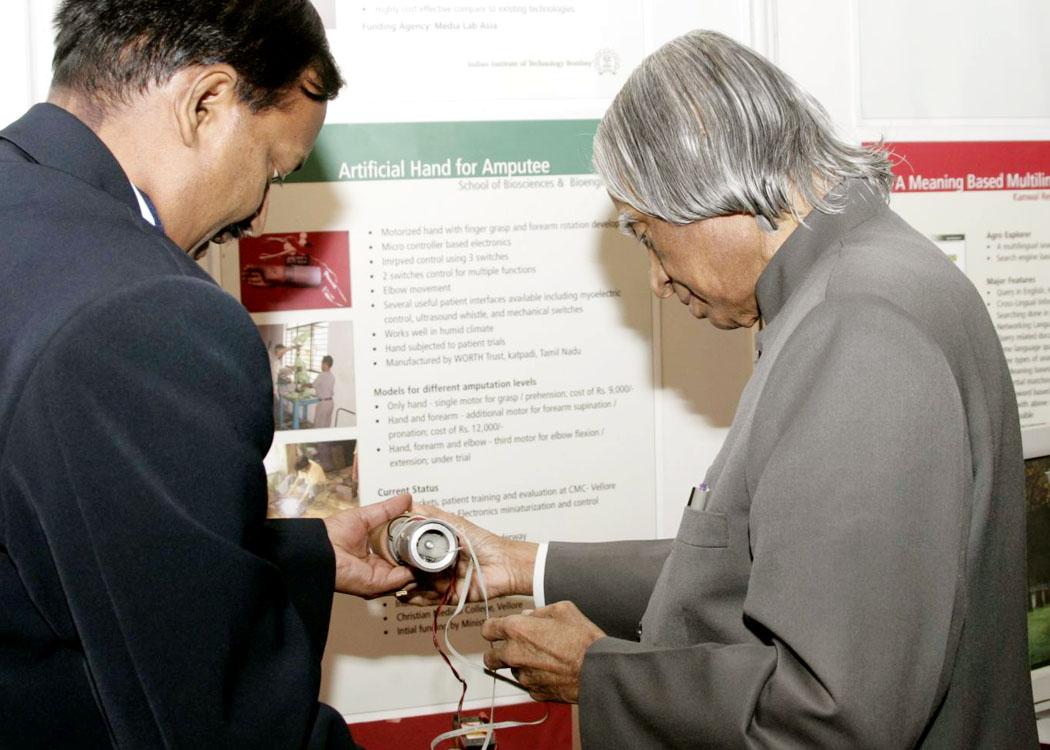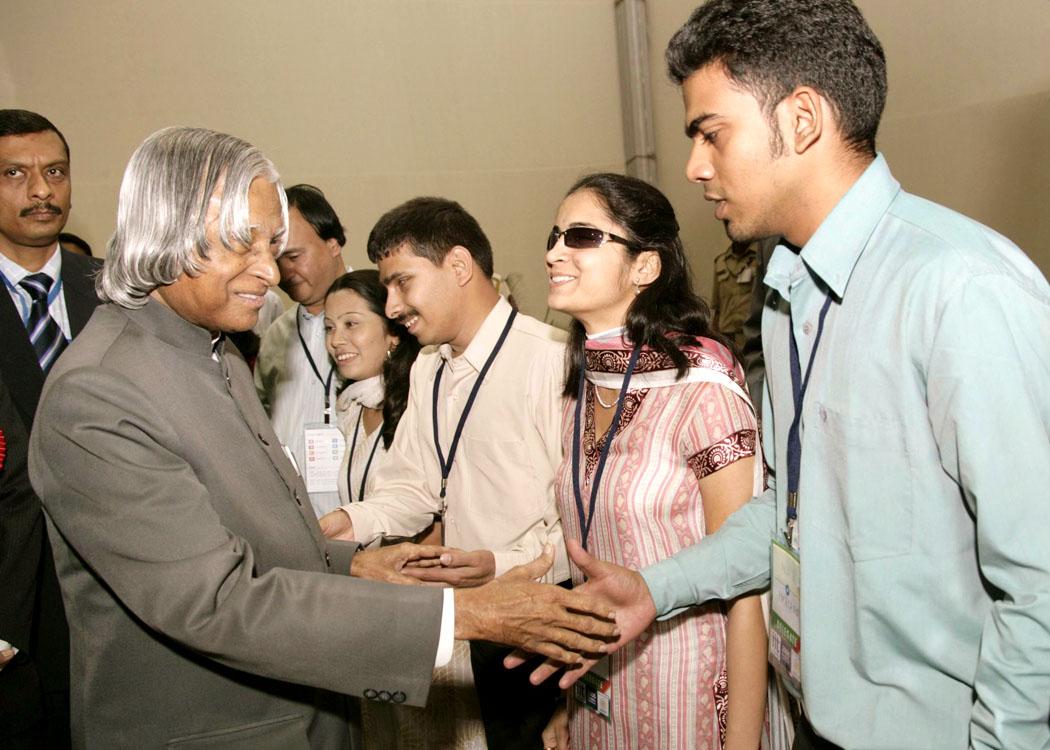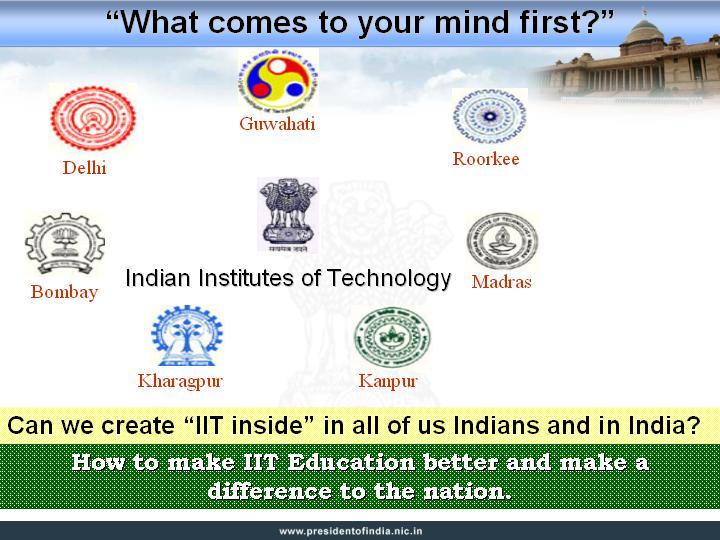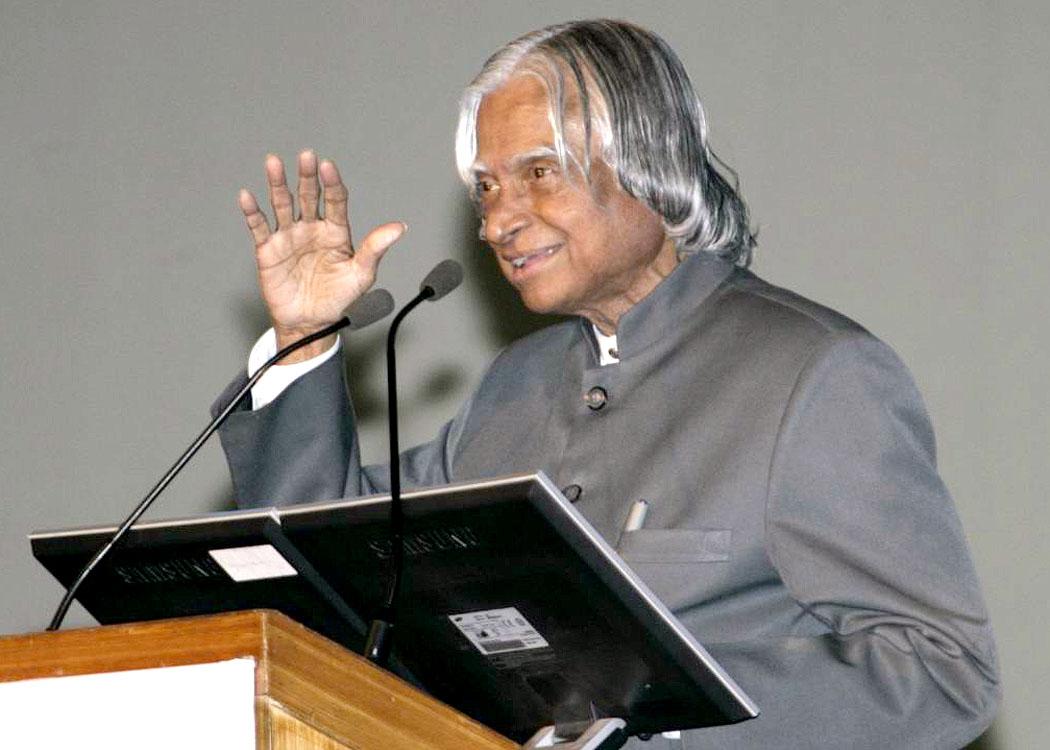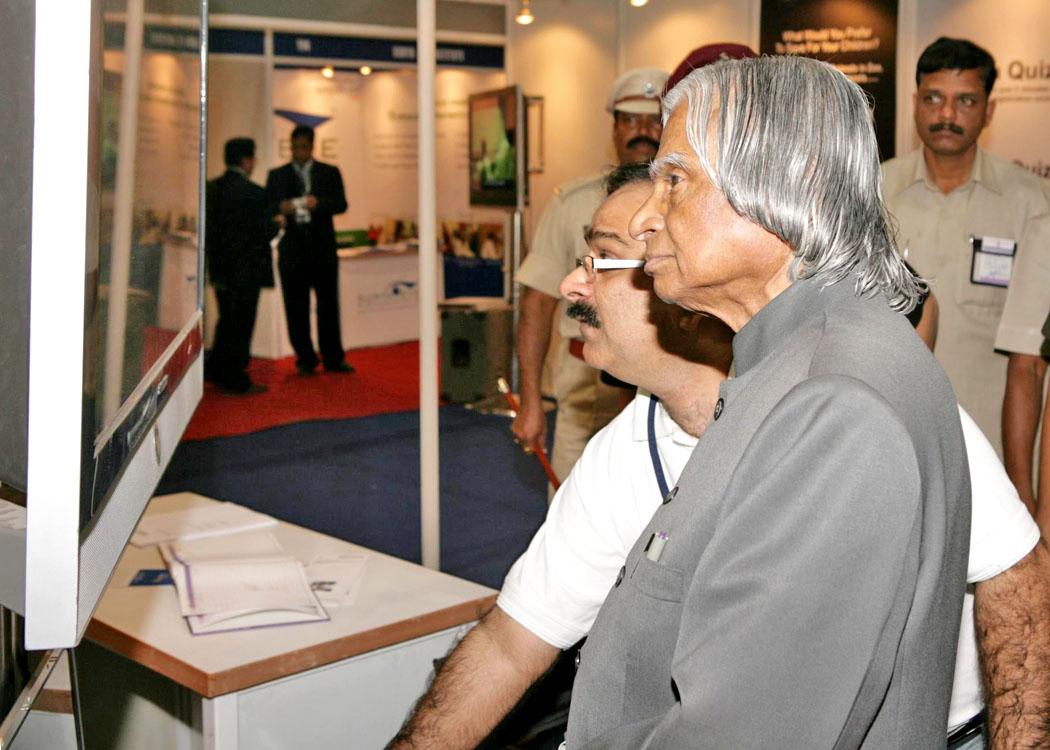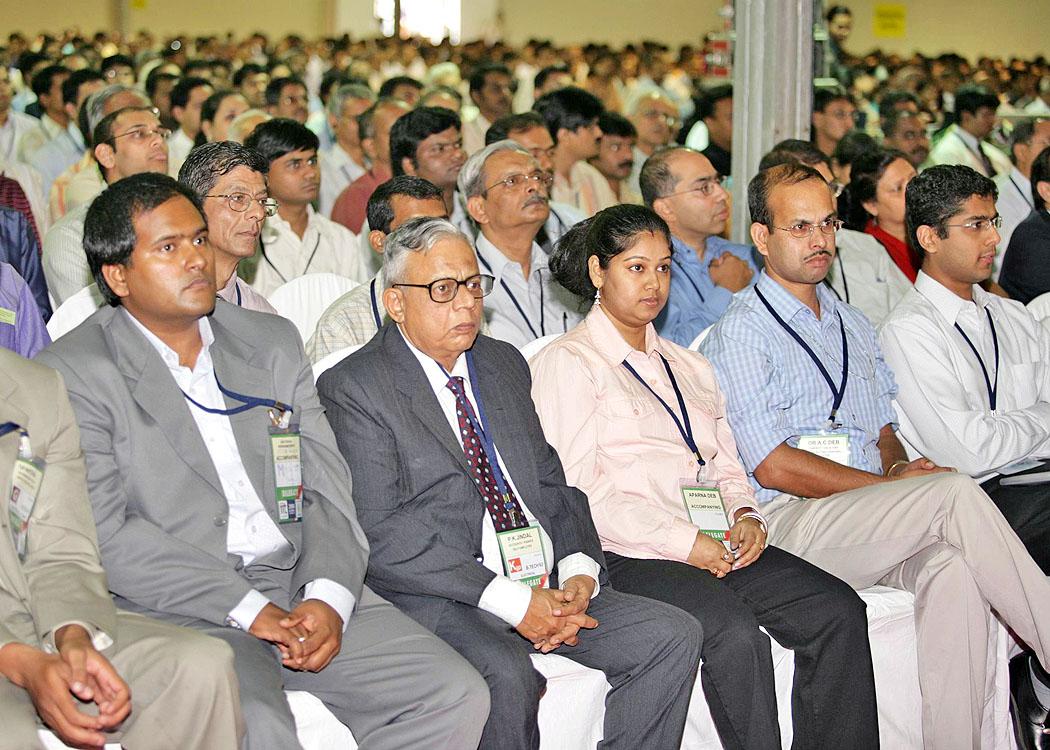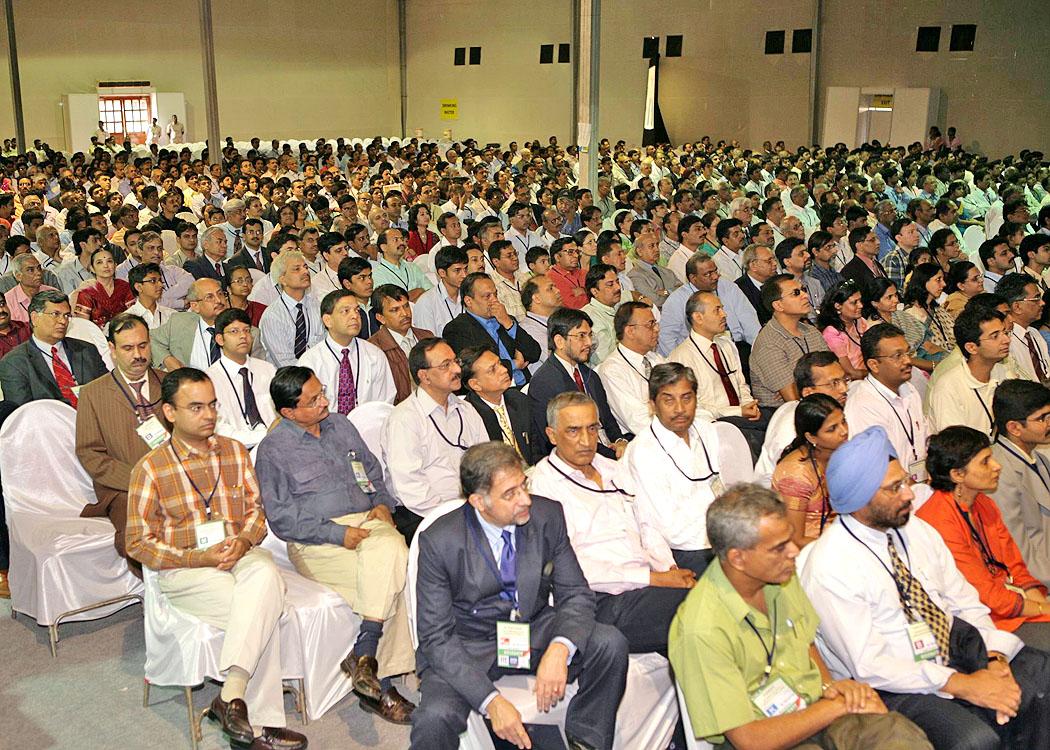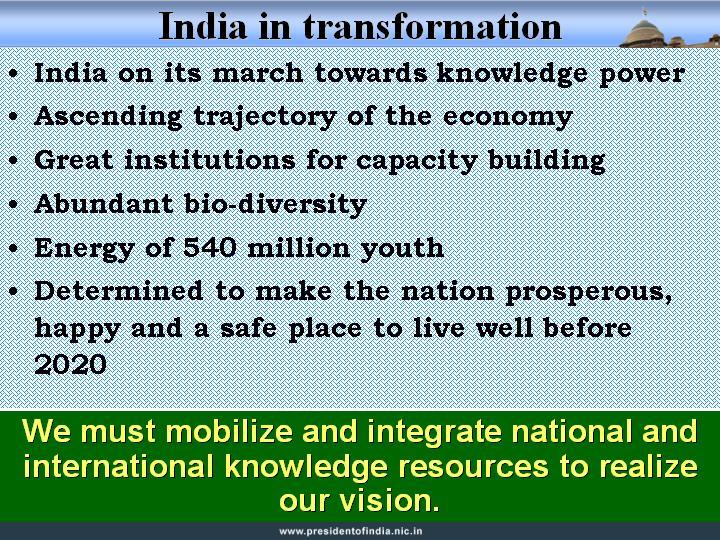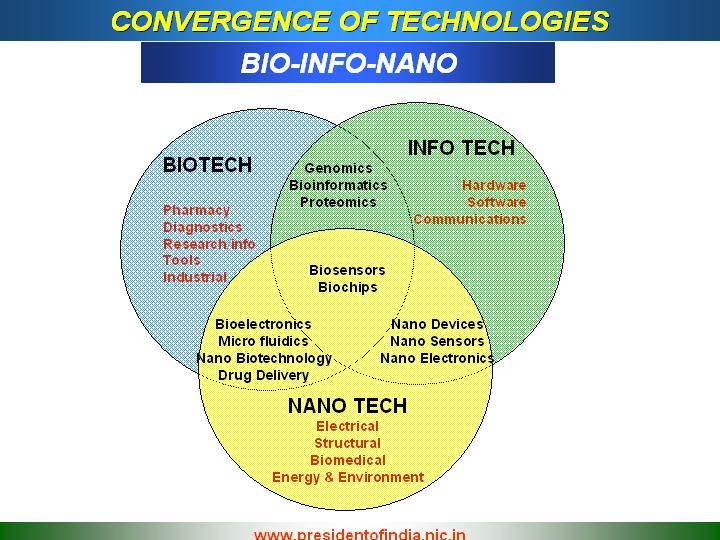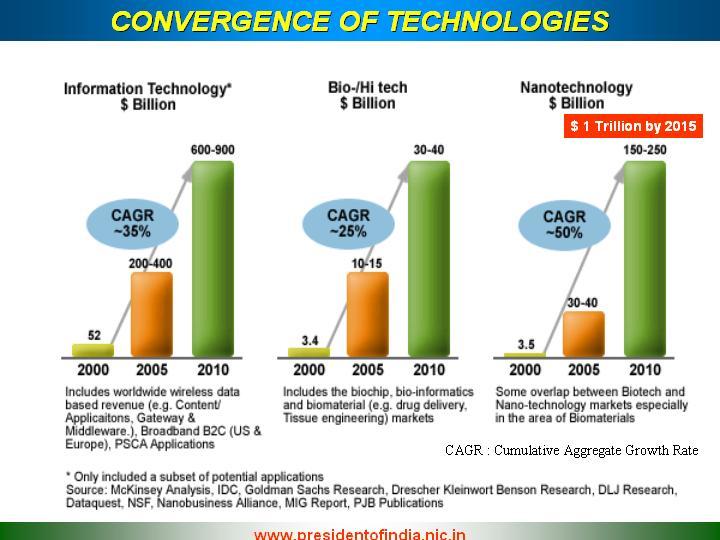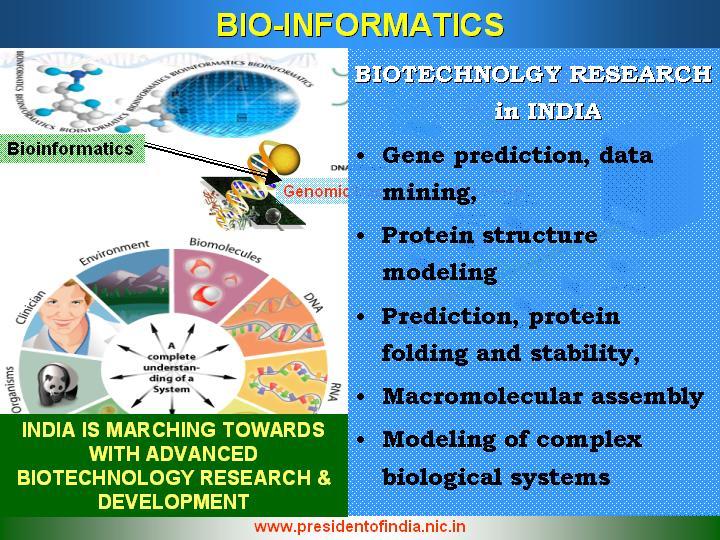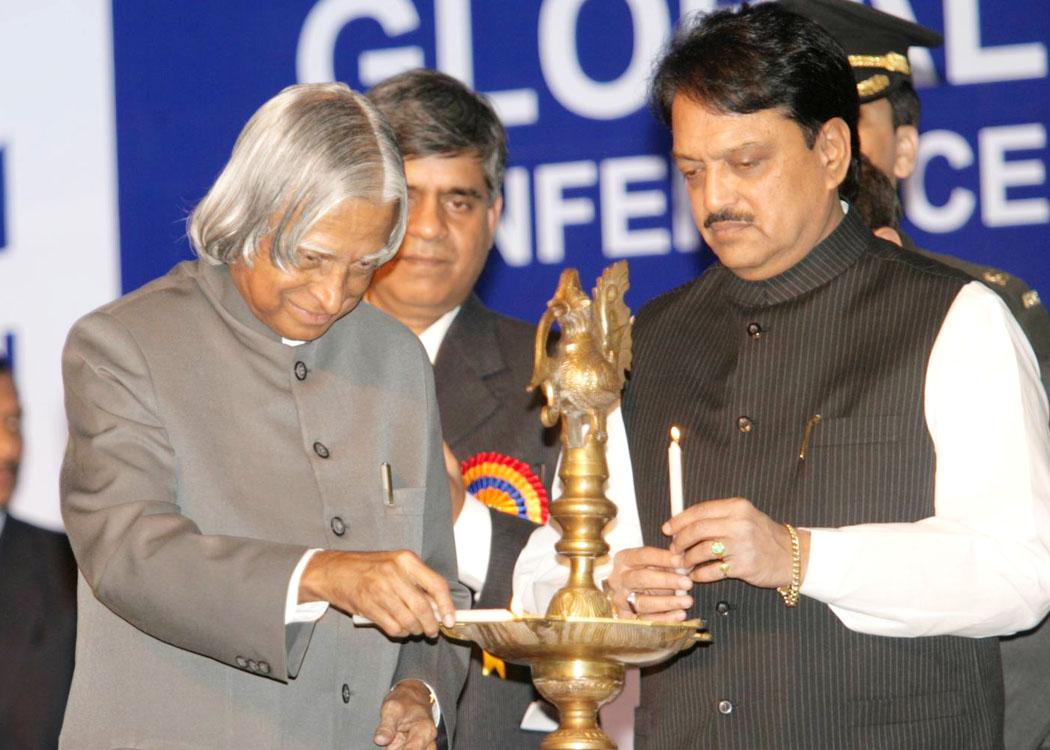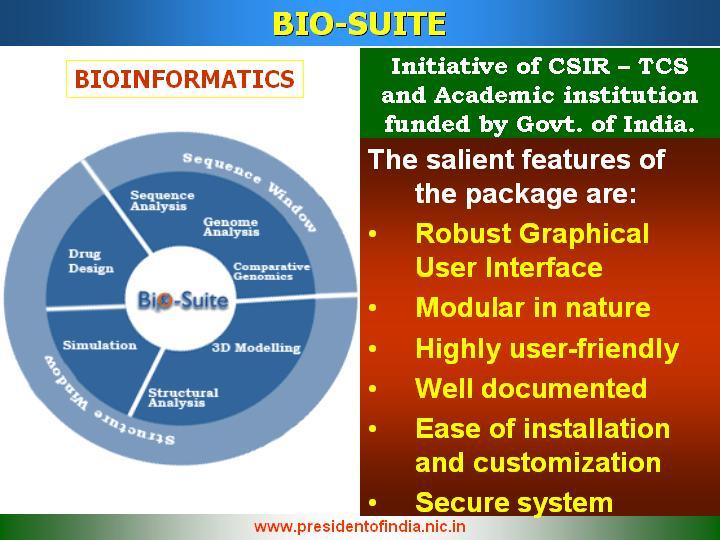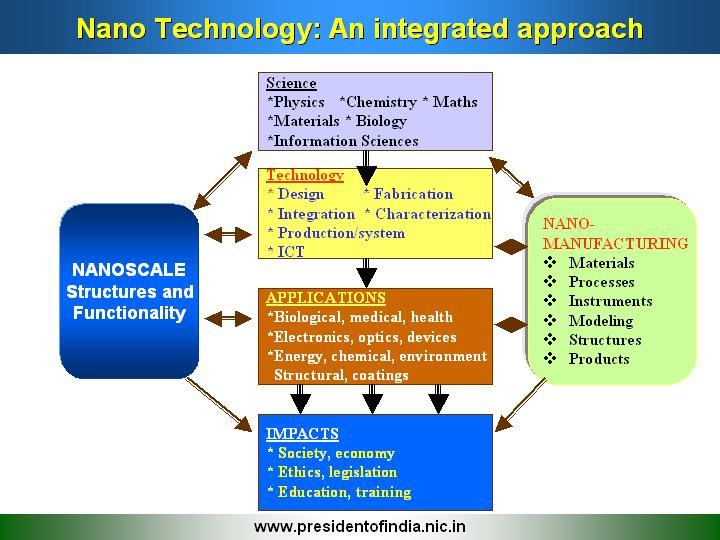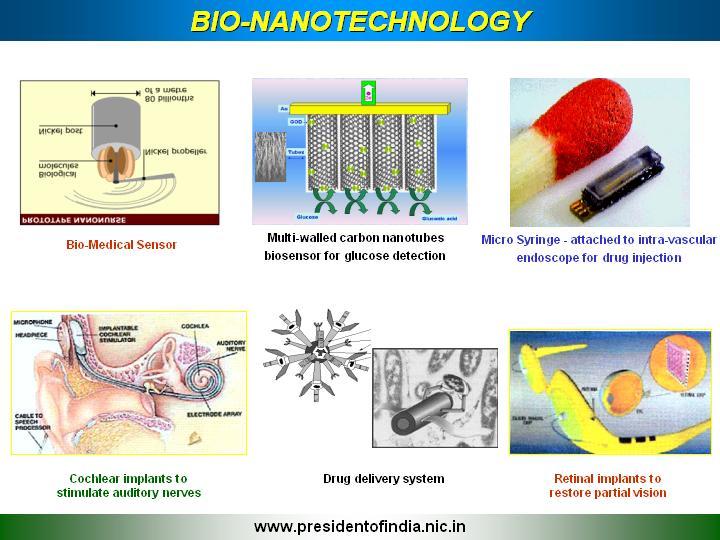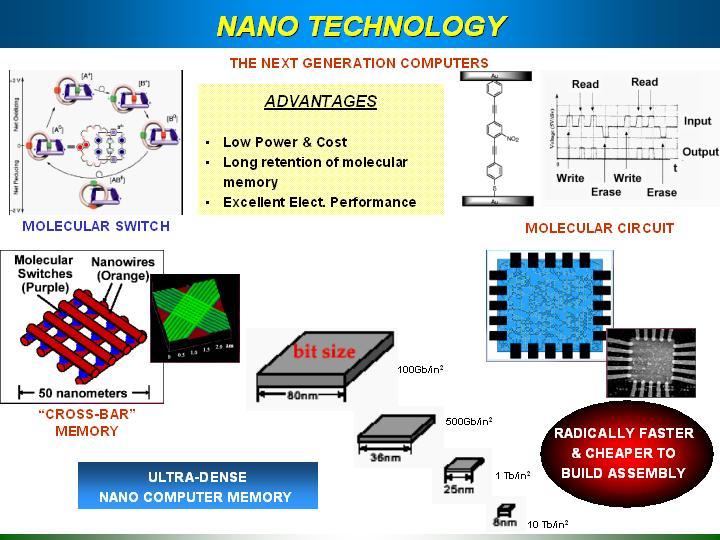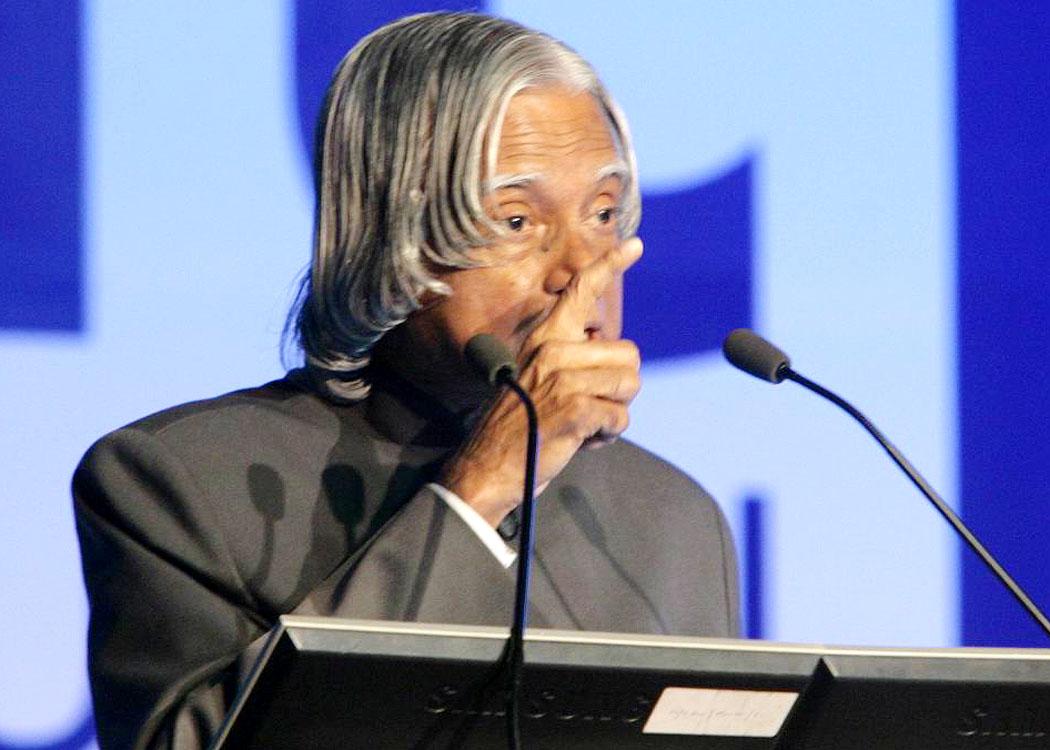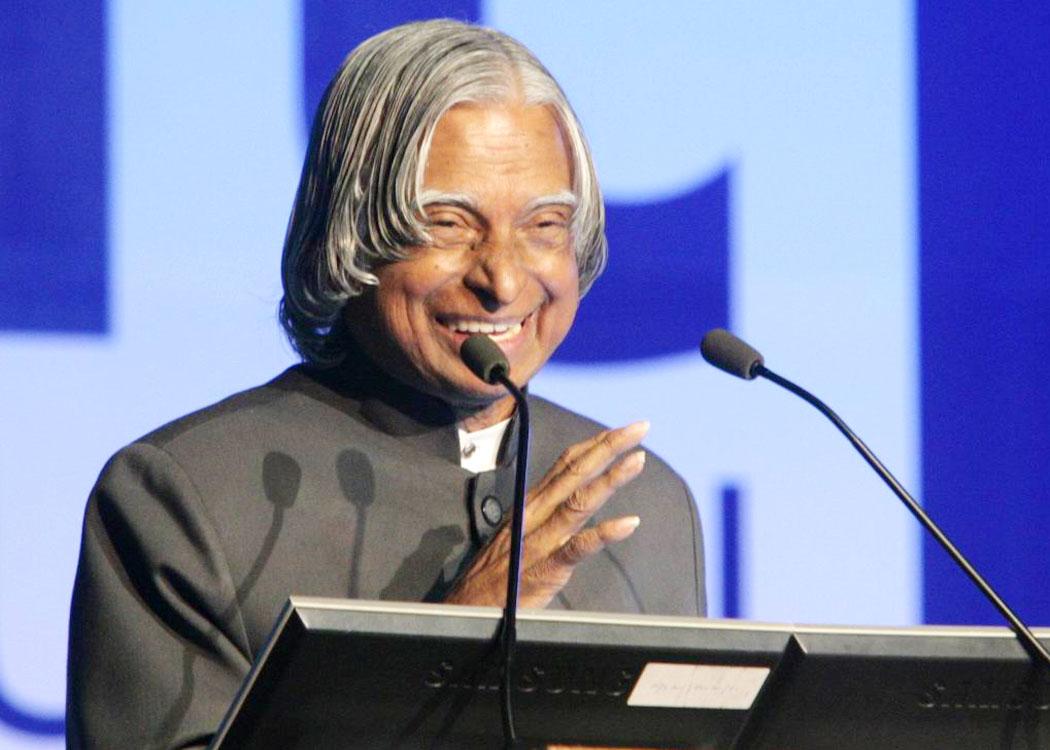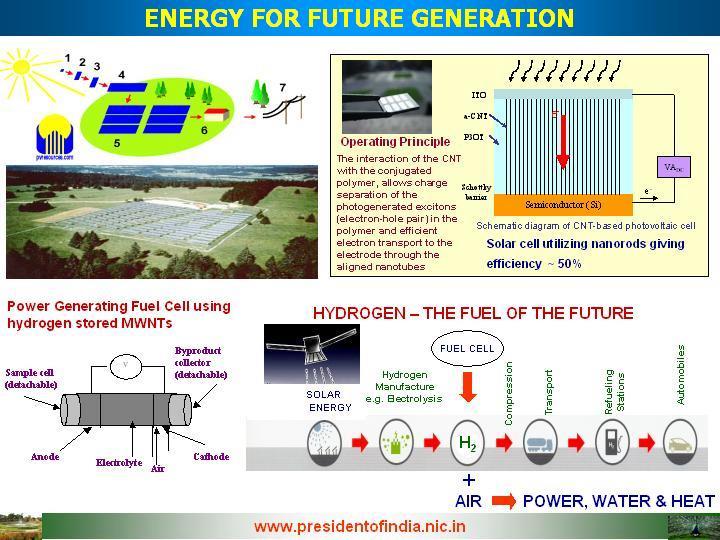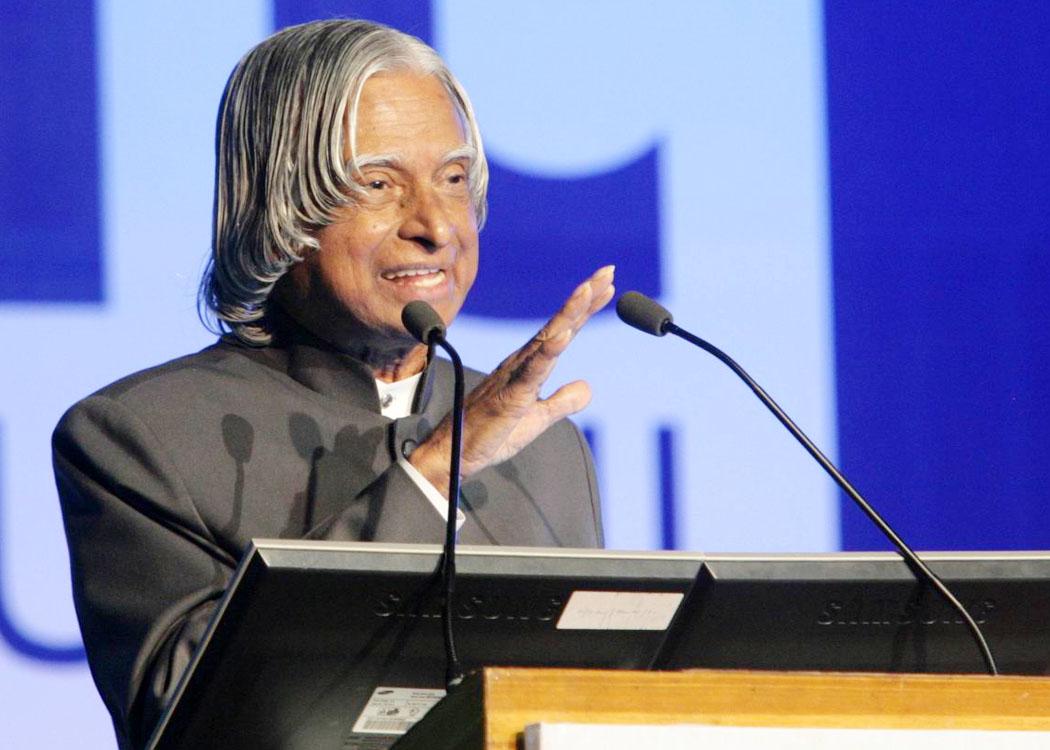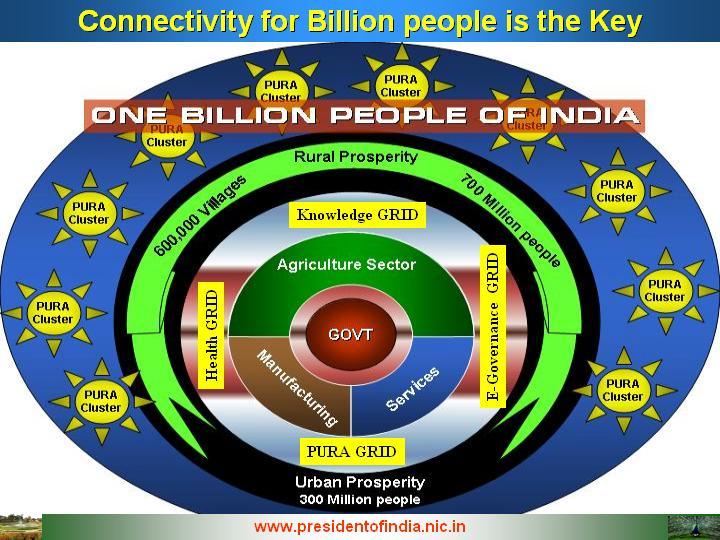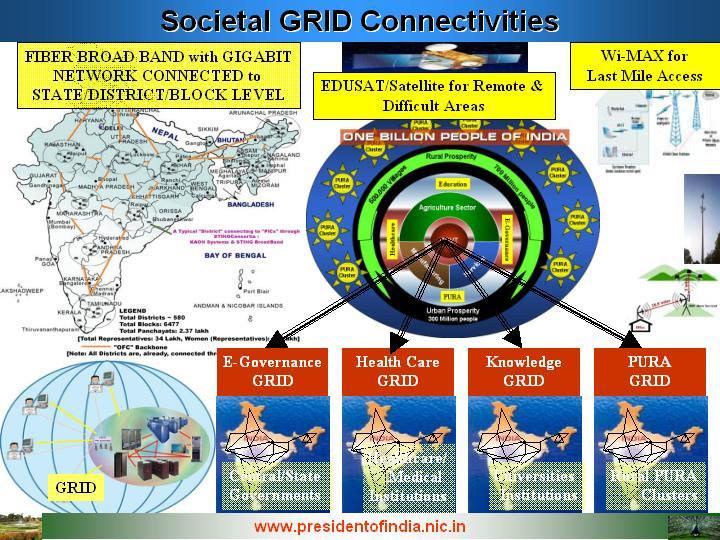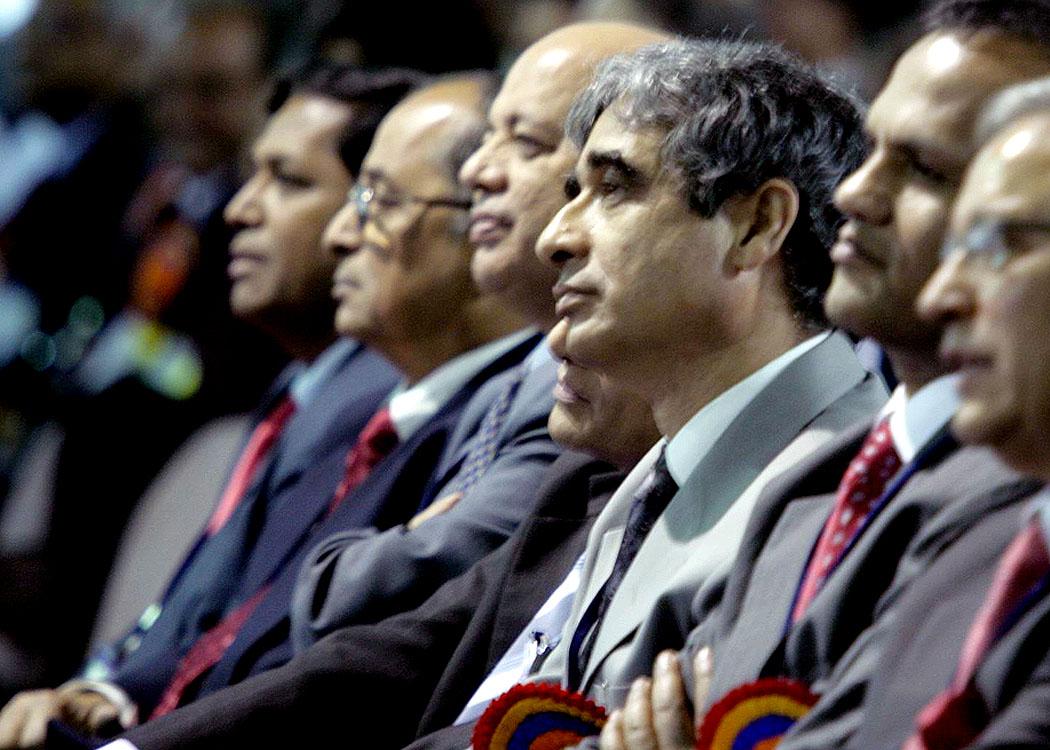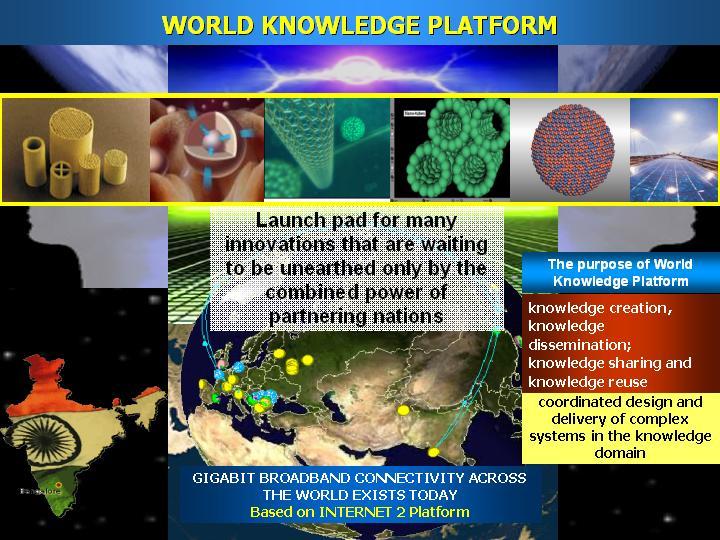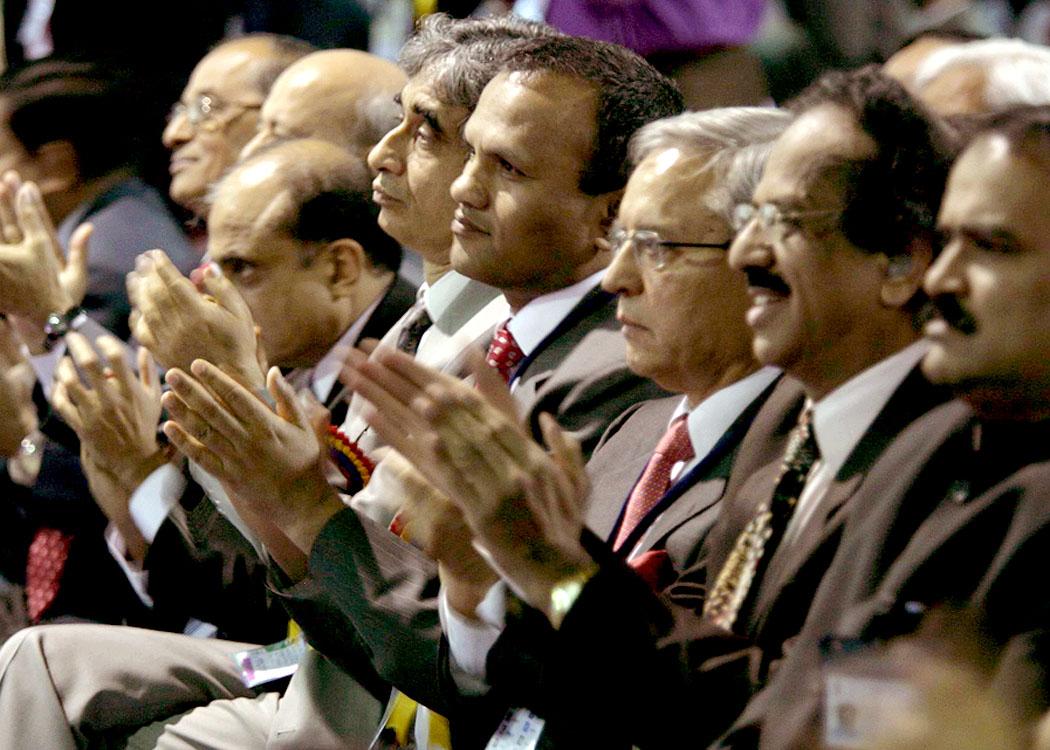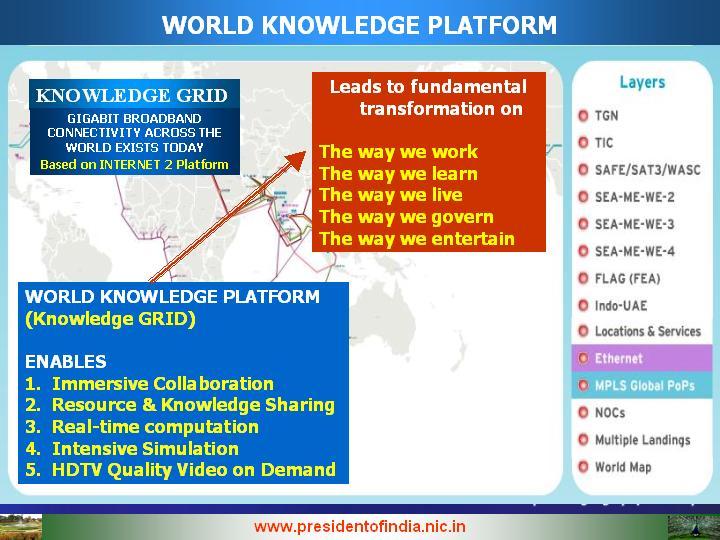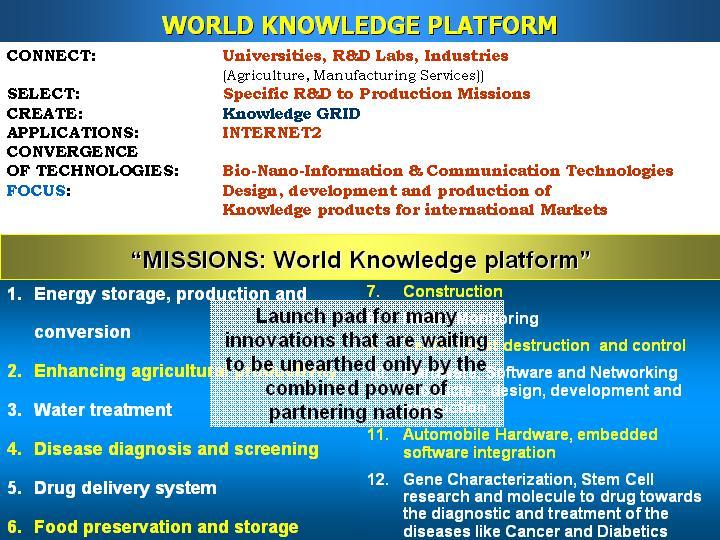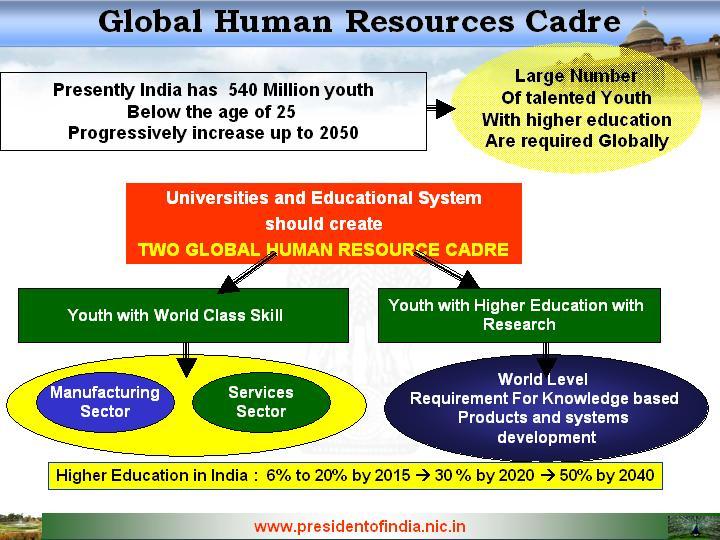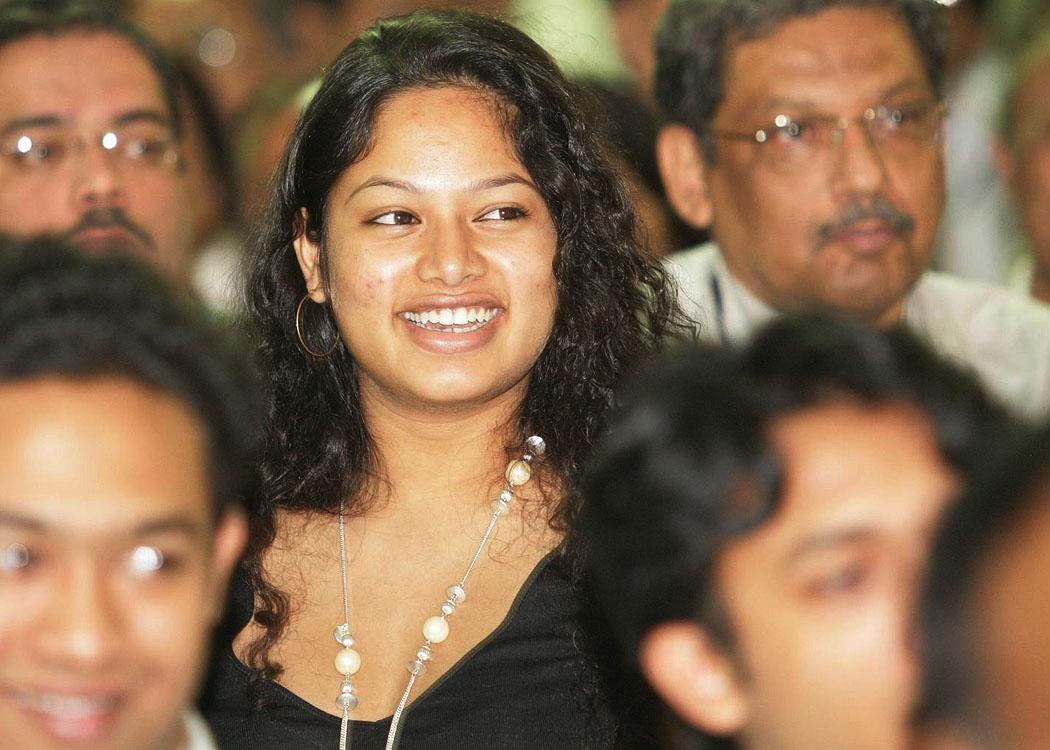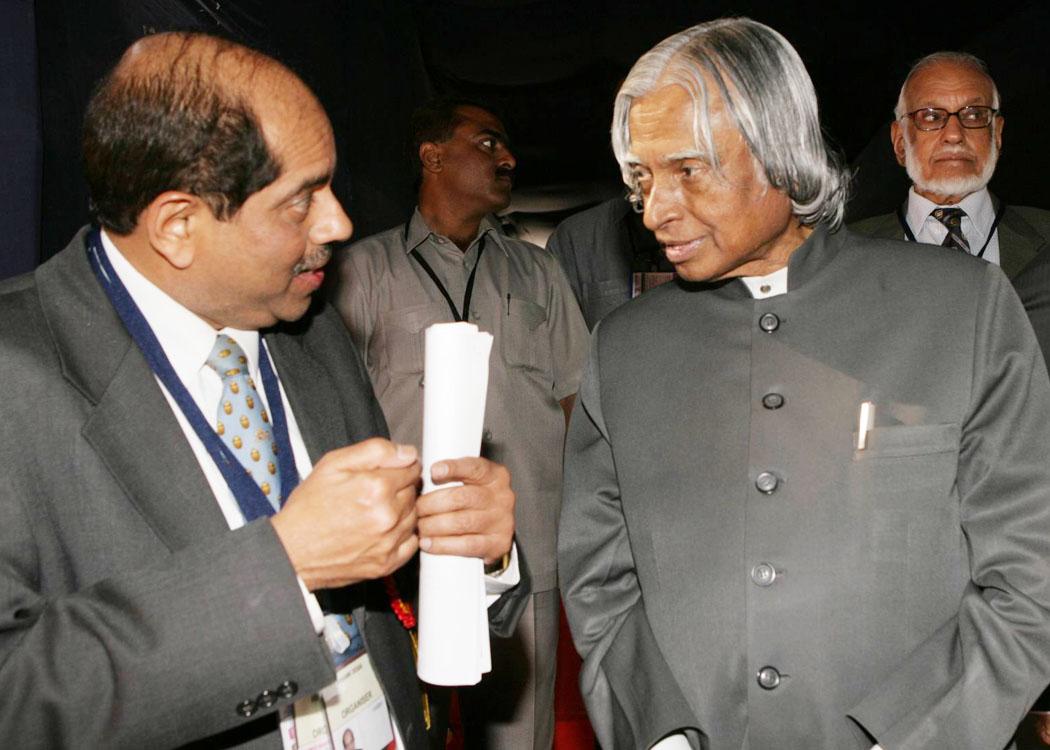Inaugural Address at the Convention of Pan Iit 2006, Mumbai
Mumbai : 23-12-2006
The borderless world of technologies
Giving gives happiness?
I am delighted to participate in the inauguration of the Convention of Pan IIT 2006. I greet the Chairman and Members of Pan IIT 2006 who are going to discuss on the theme ?Inspire to Involve and Transform India?. I am particularly happy to be with you today in this Convention, which is working out strategies for leveraging technology for addressing the country problems, creating professionalism and integrity in business and government, global branding of India and nurturing entrepreneurship.
When you hear of IIT, what strikes your mind first??
Dear friends, what a pleasure for me to see you all. When I see you, I can visualize your student days in IIT. You will shine, wherever you are ? whichever side of the Atlantic you are, you will certainly perform. While I was preparing for this talk, suddenly a thought occurred to me. I chose to call randomly a few of my friends, from different walks of life and ask them ?When you hear of IIT, what strikes your mind first??
The first person, I called was a Professor in the United States of Indian origin and he is an accomplished educationist and an India lover. He was frank enough to say that it conveyed immediately nothing. He said, 20 million children are born in India every year. 1% of the 1% is being admitted to the IIT. They are the best children in India. Wherever you put them they will do very well. The value addition by IIT is very low to the students it admits.
He felt that, there may be many hidden Ramanujans and Einstiens amongst the vast majority of the students whom the IIT system does not touch. The greatest challenge for the Pan IITians and the nation is to find a mechanism to identify those needles in the haystack.
Then I called another friend, who was a General in the Army. He said innocently that we have nothing to do with IITians. What he meant was while many students from regular engineering colleges join the Army, ?We have not come across any IITian joining the Army in the last two decades?.
Then I asked another well known professor, who was not in IIT system, but from a well known post graduate institution. He said that, it is a great challenge for the Professors in IITs to teach the students.
I called a former Director of one of the IITs and a teacher who had been in the IIT system since its inception. The Prof. said that IIT means striving for excellence and discipline.
Then I talked to one IT friend and asked him what his views are? His reply was that IIT takes the best students and delivers the best to the world. He felt that, the direct benefits for the nation in terms of knowledge products and Intellectual property is rather minimal.
I talked to a distinguished alumnus of IIT, last night. He was very happy that, the IIT had given him the ambience of a centre of excellence and an opportunity to learn and grow. He was quick to add, that they selected the cream and the output is also the cream. The cream of the cream goes to the US and they become the best. The best in and best out. It is ironical that the IIT which is mandated to produce the best minds for teaching and research is unable to attract the best faculty today. Hence all the more, the Pan IITians have to expand the spirit of IIT to touch every technical university in the country. This will create a vast number of quality students and faculty. This is particularly important not only for taking care of the faculty needs of IITs but also for taking up the challenges of development that would be thrown open by the vision of the nation to become a developed one.
Then I asked a friend of mine who had held senior position in the Government in the science and education management, his reaction was that the IIT stands for a brand India. However, of late it has become an exclusive institution in a world which should become more and more inclusive and converging. Today more children from urban affluent families who can afford to pay Rs. 10000 per month on education alone could dream of joining IIT. There are around 8% of girl students in IIT, while the general average over 30% in engineering. Many institutions of same caliber as IIT in the western world, have been contributing much more to the industry than what we see IITs in India. The industry ? IIT interaction has to become an icon to put their brand on many products that will be used by the public on a daily basis ? there should be little bit of IIT in every Indian. Since the Pan IITians have been in IIT, have been in India, seen the best of educational institutions and industry across the world, they can work with our present IIT system to bring this transformation of making ?IIT inside? in all of us Indians and in India.
This wide spectrum of independent views expressed, is indeed reinforce the niche and unique place that IIT occupies. It is also brings out the perception of many on how to make IITs better and make a difference to the nation. The views of my friends are in tune with the mission of Pan IIT. Your mission is to give, give and give to the country. Knowledge and love are the only things that get multiplied by sharing. Giving and sharing are really the source of happiness. Since you are all experts in technology ? its creation and management, I have chosen to talk to you on ?The borderless world of technologies?.
India in transformation
India is well on its way to become a knowledge power, there are all round growth in all sectors of the economy namely the agriculture, manufacturing and services. Today we have an opportunity to take the leadership in the knowledge revolution. Knowledge revolution is indeed the foundation for leading India into a Developed Nation. For this, the time is ripe because of the ascending trajectory of the economy, availability of great institutions for capacity building of the human resource, abundant bio-diversity, and other natural resources and above all, our 540 million youth who are determined to make the nation prosperous, happy and a safe place to live well before 2020. With this background India must take the lead in mobilizing and integrating national and international knowledge resources. Keeping this in mind, I would like to discuss with you on Convergence of Technologies, Societal Grid leading to World Knowledge Platform.
Convergence of Technologies
The information technology and communication technology have already converged leading to Information and Communication Technology (ICT). Information Technology combined with bio-technology has led to bio-informatics. Now, Nano-technology is knocking at our doors. It is the field of the future that will replace microelectronics and many fields with tremendous application potential in the areas of medicine, electronics and material science. When Nano technology and ICT meet, integrated silicon electronics, photonics are born and it can be said that material convergence will happen. With material convergence and biotechnology linked, a new science called Intelligent Bioscience will be born which would lead to a disease free, happy and more intelligent human habitat with longevity and high human capabilities. Convergence of bio-nano-info technologies can lead to the development of nano robots. Nano robots when they are injected into a patient, my expert friends say, it will diagnose and deliver the treatment exclusively in the affected area and then the nano-robot gets digested as it is a DNA based product.
Convergence of ICT, aerospace and Nano technologies will emerge and revolutionize the aerospace industry and electronics leading to nano computing systems. This technological convergence will enable building of cost effective low weight, high payload, and highly reliable aerospace systems, which can be used for inter-planetary transportation.
Bioinformatics: The convergence of bioscience and IT into Bioinformatics has given the thrust to researchers for genomics-based drug discovery and development. Pressure is mounting over the pharmaceutical companies to reduce or at least control costs, and have a growing need for new informatics tools to help manage the influx of data from genomics, and turn that data into tomorrow's drugs.
Bioinformatics data play a vital role and emerging as a business model for the medical and pharmaceutical sector. Key areas such as gene prediction, data mining, protein structure modeling and prediction, protein folding and stability, macromolecular assembly and modeling of complex biological systems are thriving and IT has major role to play in these areas in bringing the tools to manage the high throughput experiments and the data they generate, and sharing and integrating all the data in a meaningful way resulting into the detailed models of complex systems, particularly biological pathways. In India, biotechnology research and development is progressing well and making strides in the international arena.
Bio Suite: I launched the Bio-Suite at Hyderabad on 14th July 2004, which is an important software package that caters to all aspects of computational biology from genomics to structure-based drug design. It incorporates the latest publicly known algorithms, as chosen by a panel of academic partners, and has been coded entirely by the Tata Consultancy Services (TCS) team, using the software engineering practices. It can be used by academic and R&D institutions, small and medium and large biotechnology companies. This bio-suite was developed by TCS in collaboration with Council for Scientific and Industrial Research (CSIR) and academic institutions for cost effective drug development in India.
Nano Technology: When I think of Nanoscience and Nanotechnology, I would like to discuss about three scientists who have laid the foundation on nanoscience and nanotechnology. Mr. Richard Feynman, who described the concept of 'building machines" atom by atom in his talk at Caltech titled "There is plenty of room at the bottom". Mr. Eric Drexler, who wrote the book titled 'Nano Systems, Molecular machinery, manufacturing and computation". Prof CNR Rao, pioneered and fostered the nanoscience research in India. Molecular nano technology has enormous potential for future aerospace systems and health areas. Research has shown that newly discovered class of molecules, leading to the development of carbon nano tubes that have multiple applications in the system developed in the areas of electronics particularly nano-electronics and power systems. Carbon nano tubes are normal form of carbon with remarkable electrical and mechanical properties. It is hoped that such materials could revolutionize electronic design and open the space frontier by radically lowering the cost of launch to orbit.
Carbon Nano tubes reinforced with polymer matrix will result in composites which are super strong, light weight, small and intelligent structures in the field of material science. This has tremendous aerospace applications.
Molecular switches and circuits along with nano cell will pave the way for the next generation computers. Ultra dense computer memory coupled with excellent electrical performance will result in low power, low cost, nano size and yet faster assemblies. Let me now share with you some of the Indian achievements in the field of convergence of technologies.
Indian Achievements in Convergence of Technologies
The scientists from Banaras Hindu University have devised a simple method to produce carbon nanotube filters that efficiently remove micro-to nano-scale contaminants from water and heavy hydrocarbons from petroleum. Typhoid Detection Kit has been developed by DRDE, Gwalior using the nano sensor developed by Prof. A.K. Sood, and his team from IISc, Bangalore. Prof AK Sood, professor of Physics at IISc and his student Shankar Ghosh has studied, experimented and found that the liquid flow in carbon nano tubes can generate electric current. The IISc has transferred the exclusive rights of the technology to an American start-up Trident Metrologies. They will develop the prototypes and commercialize the gas flow sensors. A research group headed by Professor A. N. Maitra of the University of Delhi?s Chemistry Department has developed 11 patentable technologies for improved drug delivery systems using nanoparticles. DMSRDE, Kanpur is synthesizing non-aligned, quasi-aligned and aligned CNT with a batch size of 50 grams using a fast synthesis process. It has a maximum operating temperature 12000 C. The CNTs will have applications in EM absorbers, composites, gas sensors, flow monitors, field emission devices.
Energy for future generations: The era of wood and bio-mass is almost nearing its end. The age of oil and natural gas would soon be over even within the next few decades. The world energy forum has predicted that fossil based oil, coal and gas reserves will last for another 5 - 10 decades only. India is working towards achieving Energy security by 2020 leading to realizing Energy independence by 2030. In this context, let me now focus on very niche area of renewable energy, particularly Solar.
Hydrogen fuel and solar rays are the two modes to get clean power. The solar rays, when passed though presently available solar photovoltaic cells have an efficiency of less than 20%. I would like to discuss the latest research in the area of photo-voltaic cells using Carbon nano tubes which can give an efficiency of over 45%, nearly three times the efficiency which the present technology can offer.
CNT based solar cells for higher efficiency
The low efficiency of conventional photo voltaic cells has restricted the use of solar cells for large application for power generation. Research has shown that the Gallium Arsenide (GaAs) based PV cell with multi junction device could give maximum efficiency of 30%. Therefore, the present research trend is on the use of Carbon Nano Tube (CNT) based PV cell. Both single wall CNTs and multi wall CNTs have been used as electrodes, as electron acceptor, which can split exciton into electrons and holes to produce electricity.
The CNTs provide better electron ballistic transport property along its axis with high current density capacity on the surface of the solar cell without much loss. Higher electrical conductivity and mechanical strength of CNT could improve the quantum efficiency to the order of 35%. But, this is not sufficient. Recent research abroad has shown that the alignment of the CNT with the polymer composites substrate is the key issue and this aligned CNT based PV cells would give very high efficiency in photovoltaic conversion. The polymer composites increase contact area for better charge transfer and energy conversion. In this process, the researchers could achieve the efficiency of about 50% at the laboratory scale. The optimum efficiency was achieved with the aligned CNTs with poly 3 ? octyl thiophene (P3OT) based PV cell. I am sure, members of Pan IIT 2006 will be excited to work in this area of research in partnership with industries so that we can get large scale production of aligned CNTs with P3OT based high energy solar cells. When I was thinking how to take these technology advancements to society, I realize connectivity is the solution. Connectivity of institutions, connectivity of minds is essential.
Now I would like to describe the societal grid, which is essential for bringing the connectivity for the billion people towards building the knowledge society.
Technology to Society - Societal Grid
Development of technologies and their convergence have significant influence on the society in terms of knowledge, health care, governance and economic development. To maximize the synergy between the various components of education, healthcare, e-governance, rural development we need to establish connectivities among them. These connectivities will certainly bring seamless access and information flow among the various domains leading to maximization of GDP and productivity; hence, there is need for establishing the GRIDs namely Knowledge grid, healthcare grid, e-governance grid and the PURA (Providing Urban Amenities in Rural Areas) grid. This interconnecting grid will be known as societal grid. Knowledge sharing, knowledge utilization and knowledge re-use is very vital by all constituents of the society for promoting non-linear growth. Details of Societal Grid are:
1. Knowledge GRID - Inter connecting universities with socio-economic institutions, industries and R&D organizations.
2. Health Care GRID - Inter-connecting the Health Care institutions of Government, Corporate and Super specialty hospitals, research institutions, educational institutions and ultimately, Pharma R & D institutions.
3. e-Governance GRID - Inter-connecting the Central Government and State Governments and District and Block level offices for G2G (Government to Government) and G2C (Government to Citizen) connectivity.
4. PURA GRID - Connecting the PURA Nodal centers with the Village Knowledge Centres and Domain service providers.
We have, so far discussed all the four connectivities required for the societal transformation. With this transformation, India is poised for creating the World Knowledge Platform for promoting synergy amongst partner nations.
World Knowledge Platform
During my visit to Singapore, Philippines and Republic of Korea, I have put forward the concept of ?World Knowledge Platform?, which will integrate the core competencies of the partner countries to develop knowledge products. This platform will enable joint design, development, cost effective production and marketing of the knowledge products in various domains based on the core competence of partner nations to international market.
In India, today we have an example of successful joint venture which harnessed the core competencies of two nations India and Russia, who have different cultures, languages and design standards. The product which has come out is of world class, much ahead of other countries due to the joint working of best of minds from both countries. This proves that if the core competencies of nations are combined, best of knowledge products can emanate well ahead of time.
Missions of World Knowledge Platform: The convergence of Bio, Nano and ICT is expected to touch every area of concern to the humanity. The ?World Knowledge platform? will take up the missions, in some of the areas given below, which are of utmost urgency to all of us to make our world a safe, sustainable and peaceful and prosperous place to live:
1. Energy: exploration, storage, production and conversion
2. Water: treatment and desalination
3. Healthcare: Diagnosis, drug delivery system
4. Food: preservation, storage and distribution
5. Knowledge products : Hardware, Software and Networking Products
6. Automobile: Hardware and embedded software integration
In addition to the areas mentioned above, areas such as electronics, ICT and Automobile Sector may also be focused especially in the areas of design, development leading to productionization for meeting the market demands of partner countries and the world market. The core competence of India is software and the core competencies of the other partner nations are hardware and software, it can lead to design, development and marketing of world class systems that is equally dominated by the software intelligence and hardware innovation. The world knowledge platform will also evolve a virtual design centre with the participation of collaborating countries. World knowledge Platform will be the launch pad for many innovations that are waiting to be unearthed only by the combined power of partnering nations.
I am sure members of Pan IIT can take the initiative of creating the world knowledge platform by integrating the academic institutions, R&D institutions and the business enterprises where they are working today spread in different parts of the world. Now, I would like to discuss about the creation of global human resource cadre which is the main focus of India today.
Global Human Resources Cadre
Presently our university education system is contributing 3 million graduates and post graduates every year and the students seeking employment after completion of 10th class and 10+2 class are around 7 million per year. Thus nearly 10 million youth are injected into the employment market every year. In the 21st century, India needs large number of talented youth with higher education for the task of knowledge acquisition, knowledge imparting, knowledge creation and knowledge sharing. At present India has five hundred and forty million youth under the age of 25 which will continuously be growing till the year 2050. Keeping this resource in mind, the Universities and educational systems should create two cadres of personnel: (1) a global cadre of skilled youth with specific knowledge of special skills (2) another global cadre of youth with higher education. These two cadres will be required not only for powering the manufacturing and services sector of India but also will be needed for fulfilling the human resource requirements of various countries. Thus, the universities and secondary school education system will have to work towards increasing the through put of the higher education system from the existing 11% to 20% by the year 2015, 30% by the year 2020 and 50% by the year 2040. The other Indians who are not covered by the higher education system should all have world class skill sets in areas such as construction, carpentry, electrical systems, repair of mechanical systems, fashion design, para-legal, para-medical, accountancy, sales and marketing, software and hardware maintenance and service, software quality assurance personnel?s etc. No Indian youth should be without either a world class higher education or without world class skills sets. Members of Pan IIT can contribute in developing world class skills among the Indian youth and a certification system through the creation of model institutions for this purpose. This model can spread the message among other vocational training institutions. This will be an important contribution in human resource development of Indian youth who can compete and find placement in different parts of the world. In addition, members of Pan IIT can facilitate birth of small enterprises by providing ideas, funding and nurturing the enterprises towards successful operation. This will enable the Indian youth to become employment generators instead of being employment seekers.
Development of Entrepreneurs
The key characteristics required for a entrepreneur are desire, drive, discipline and determination. I am confident that Pan IITians can promote the following important traits among the Indian youth and nurture them to become internationally competitive entrepreneurs.
(a) Vision and pioneering spirit
(b) Being able to see possibilities where others do not,
(c) Always searching for new opportunities and challenges,
(d) Being creative - 'able to think out of the box',
(e) Constantly striving to do things better,
(f) Confident about taking risks,
(g) Proactive and focused on the future,
(h) A good knowledge and skill base.
Conclusion
I have the following suggestions for the participants of this Convention of Pan IIT 2006.
1. IITs must be able to identify hidden Ramanujans beyond its selection process and nurture them for the world.
2. IITs must work closely with the university system in India and abroad to build a continuous stream of great teachers.
3. The Pan IITians have a unique experience of entrepreneurship. They can use this to enable every IIT and every university to become an employment generator by cashing in their technology into a product and marketing it.
4. Pan IITians can also take on very focused missions with time frame which can immediately touch the Indian society. Some of them are:
a. Creating a high quality design for providing low cost two room water efficient, electricity efficient dwelling units with proper sanitation and drainage facilities for the needy in urban and rural areas. The cost of the two room dwelling unit should not exceed Rs. 1 lakh. India may need over hundred million units in the next five years. This technology can also be used by other countries.
b. Suggesting strategies to reduce the overall cost of construction in India for high value projects by 20% through IT application in planning, design, project management and optimum use of quality manpower.
c. Developing world wide information system of the availability of quality manpower, quality construction aids, specialized software tools, standard costs of construction in different countries.
d. Designing and developing economic sizes of wind energy plants which can be used for lifting water from 30 meter level and serve the needs of farmer having small holdings in a region with an average wind speed of 8 to 10 km per hour.
e. Strengthening the research work on the development of high efficiency (at least 50%) CNT based photovoltaic solar cells in partnership with academia and research laboratories. Aim should be to realize commercial production within three years. Extending the vision of science and technology to the emerging area of convergence of technologies.
f. Preparing a technology road map for energy independence for India in partnership with TERI.
5. Pan IITians can create a consortium to prepare a plan of action for inculcating innovation and creativity among the engineering graduates in the country.
With these words, I inaugurate the Convention of Pan IIT 2006 and my best wishes to all the members for success in the mission of inspiring and involving Indian youth for transforming India into a developed nation well before 2020.
May God bless you.

